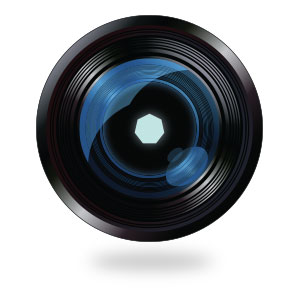Choosing a vision camera for your system can be tricky because of the many options available. However, in addition to budget considerations, it’s important to match system requirements to camera capabilities. Here are some important things to check to ensure the level of performance and imaging quality you need for your applications.
Flourishing Features
Selecting a vision camera depends on the object-to-be-inspected and process environment. Consider the following factors in weighing the related application parameters for a given system.
- Sensor: Single-sensor smart cameras work best with simpler applications in harsher environments, while multi-camera systems will best support more complex ones. Object characteristics will also affect whether color is needed.
- Lens: The field-of-view, or size of image area, and working distance from sensor to object help in estimating required focal length and thus the ideal lens.
- Resolution: The object size, process speed, and other mechanical aspects will all factor into the required resolution or precision and related pixel count.
- Lighting: For speed and accuracy, lighting is chosen by the distance, direction, alignment, and other needs for creating contrast with the environment.
- Size: Sensor size is similarly determined by environment, specifically any limitations in allotted camera space or weight in terms of overall functionality.
After reviewing these factors, remember that software too plays a role in selecting a camera that can best support specific user interfaces or perform special functions. In the end, carefully matching your budget, the application conditions, and imaging needs to your camera choice will yield a harvest of the high accuracy and consistency your system requires.
